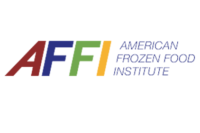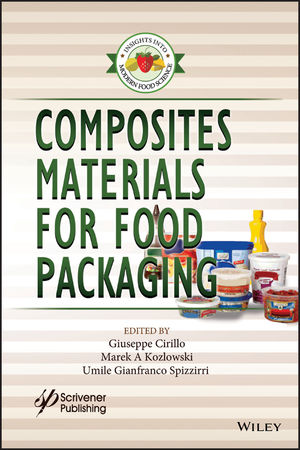TECH FLASH
The latest food packaging trends
Chris Cornyn, president of DINE marketing, discusses the ways consumers are driving innovations in the packaging industry

Packaging innovation is a constant concern for food manufacturers.
But keeping up with consumer trends and demands can be challenging. As consumers evolve, factors such as sustainability and product independence require a greater focus on packaging design.
To discuss some of the current trends and latest packaging solutions, Food Engineering spoke with Chris Cornyn, president of DINE Marketing.
Cornyn is active in the food industry and is a regular speaker at industry gatherings. At the recent Best of Food & Beverage Packaging event, he spoke about disruptive packaging, and at the IFT Media event, he discussed mobile consumer insights and fueling innovation in the food world.
FE: What would you say is the latest trend in food packaging?
Cornyn: The latest thing is the “selfie” movement in food packaging. We’re seeing selfie innovation in packaging including self-opening, self-closing, self-sealing, self-cleaning, self-dosing, self-regulating, self-heating, etc. As we get lazier, packaging gets more active. Some of our clients from Nestlé to Kraft are looking at new form factors to entertain, add functionality and create an experience that consumers have never encountered before.
FE: How does consumer demand have affect packaging design?
Cornyn: Consumers are now chief packaging officers, and they’re demanding their products’ packaging fulfill their personal and social needs. Packaging can no longer simply transport food. We have to adapt our packaging to assure our solutions protect, preserve, and transport as well as inspire, instruct and educate. We will all be pressured to become more transparent and instructive in everything we do when it comes to packaging. Companies like Basic American Foods and ConAgra are using mobile video technology to observe and record consumers’ suggestions about packaging. Now we can watch consumers store their food packaging, open it and give us suggestions on how to satisfy their needs. This gives all of us real and rich insights to create more effective packaging that delivers on consumers’ needs.
FE: What are some ways that brands can use packaging to convey their brand story?
Cornyn: They can use packaging as part of their brand story to appeal to a new set of consumers. Take soup, for example. Nearly three-quarters of Millennials say they would choose soup packaged in a carton over a can. Millennials view brands packaged in a carton as healthier, fresher and easier to store and recycle. Of course, this is all a fallacy, but it’s their reality. All food companies are looking at packaging to make sure it is part of their brand story. Consumers want to know this packaging is good for me, my family, my community and the world.
FE: Are there any new types of materials that will become popular in packaging in the near future?
Cornyn: Yes, the hybrid structure. It works for cars; it works for packaging. As food packaging advances, we will continue to see the convergence of plastic and paperboard as well as the convergence of many other materials once thought to be incongruent. This allows food to be preserved longer and for multiple pieces of a package to be independently recycled. There are possibilities for one food product to have a plastic lid that can be recycled and a barrier film or paper lid that can be recycled, as well as the paperboard container that can be recycled. Misha, a new dairy company launching later this year, is sourcing its packaging from Europe because of the dynamic nature of a hybrid offering that is only available overseas.
FE: Have new advances in packaging had positive effects on the environment?
Cornyn: Bioplastics have. This category of packaging has been around for decades. The initial technology set out to create plastics that were designed for biodegrading. The technology was slow to catch on. However, bioplastics have evolved, and as we all try to reduce our carbon footprint, bioplastics and other solutions will simply become the way we think about packaging moving forward. No “old-school” plastics or Styrofoam will be produced; everything we make will be renewable, compostable or otherwise.
Looking for a reprint of this article?
From high-res PDFs to custom plaques, order your copy today!








